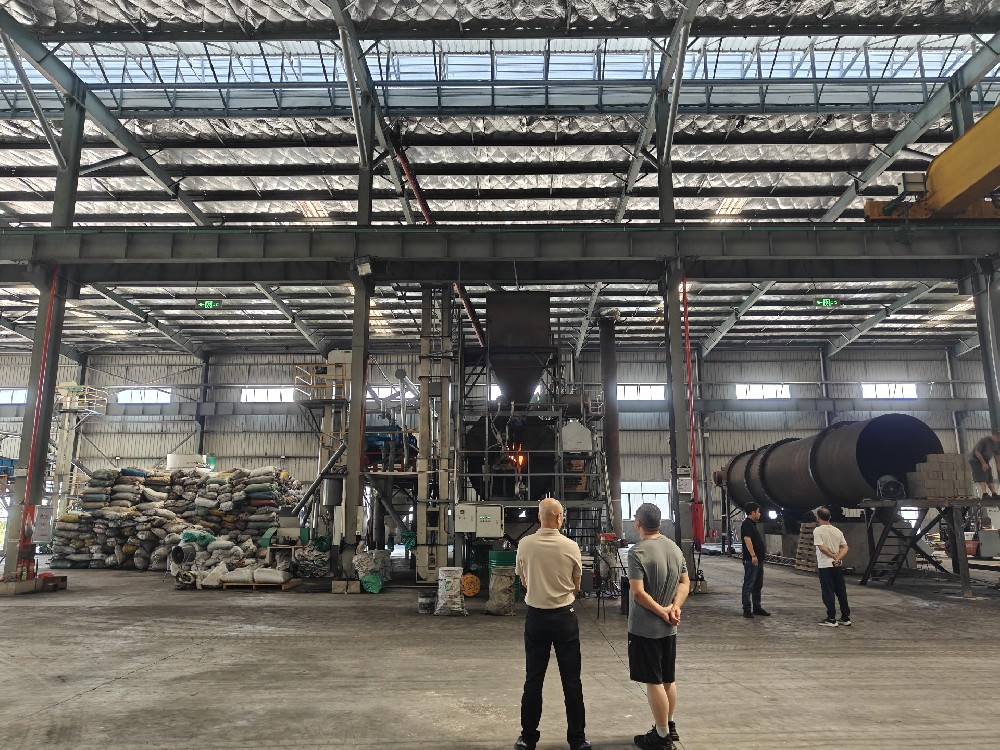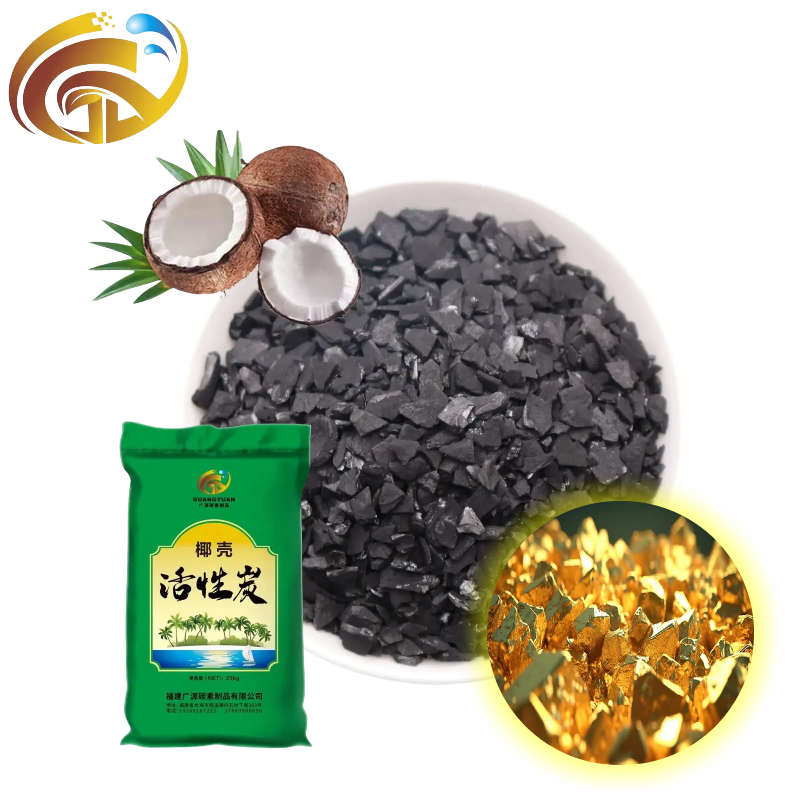Coconut shell carbon and coal carbon
Activated carbon is produced by carbonizing and activating organic materials. These processes enhance its porosity and adsorption capacity. While both coal-based and coconut shell-based activated carbons are powerful adsorbents, their properties make them more suitable for specific applications.
Coal-based activated carbon is typically derived from bituminous coal, sub-bituminous coal, or lignite. Its notable characteristics include:
- High carbon content: Ensures durability and hardness.
- Mesoporous structure: Ideal for adsorption of medium to large molecules.
- Versatile applications: Commonly used in gas-phase adsorption, heavy metal removal, industrial decolorization, and more.
Coconut shell activated carbon is derived from coconut shells, a by-product of the coconut industry. Key properties include:
Coconut shell activated carbon is derived from coconut shells, a byproduct of the coconut industry. Key properties include:
- High microporosity: Ideal for adsorbing small molecules, such as volatile organic compounds.
- Renewable resource: A sustainable option utilizing agricultural waste.
- Excellent air purification performance: Effectively removes odors and small pollutants.
Choose Based on Application Needs
- Industrial Use: Coal-based carbon is ideal for large-scale applications requiring high durability and mesoporous adsorption, such as gas treatment or wastewater management.
- Residential Air Purification: Coconut shell carbon excels at removing fine pollutants and odors, making it an excellent choice for air purification systems.
Sustainability is a key factor when evaluating activated carbon. A comparison of the two is as follows:
Coal-based activated carbon
Source: Fossil fuels (non-renewable).
Environmental cost: Significant carbon emissions and ecological disruption caused by mining.
Production impact: Higher energy consumption and waste byproducts.
Coconut Shell Activated Carbon
Source: Coconut shell (a renewable byproduct).
Environmental Benefits: Minimal ecological disruption and a low carbon footprint.
Circular Economy: Utilizes agricultural waste to reduce environmental burden.
While both types of activated carbon are invaluable, each has specific advantages and limitations:
Advantages of coal-based activated carbon:
High adsorption capacity for larger molecules.
Durable and cost-effective, suitable for industrial-scale applications.
Disadvantages:
Non-renewable and environmentally friendly.
Poor adsorption of small molecules.
Advantages of coconut shell activated carbon:
Excellent microporosity, suitable for small molecule adsorption.
Environmentally friendly and renewable.
Disadvantages:
High production costs in some regions. Limited ability to adsorb larger molecules.
The choice between coal-based activated carbon and coconut shell activated carbon depends on your specific needs:
For applications requiring large molecule adsorption and cost-effectiveness, coal-based activated carbon is a reliable option.
If sustainability, small molecule adsorption, or air purification are priorities, coconut shell activated carbon is the best choice.
Activated carbon is indispensable in a variety of fields, but its type significantly impacts performance and sustainability. Guangyuan Carbon understands the unique properties of coal-based and coconut shell activated carbons, allowing you to select the most appropriate option for your application while aligning with environmental priorities. Choose wisely to balance efficiency, cost, and sustainability for optimal results.


· Fujian Guangyuan Carbon Products Co.,Ltd.
